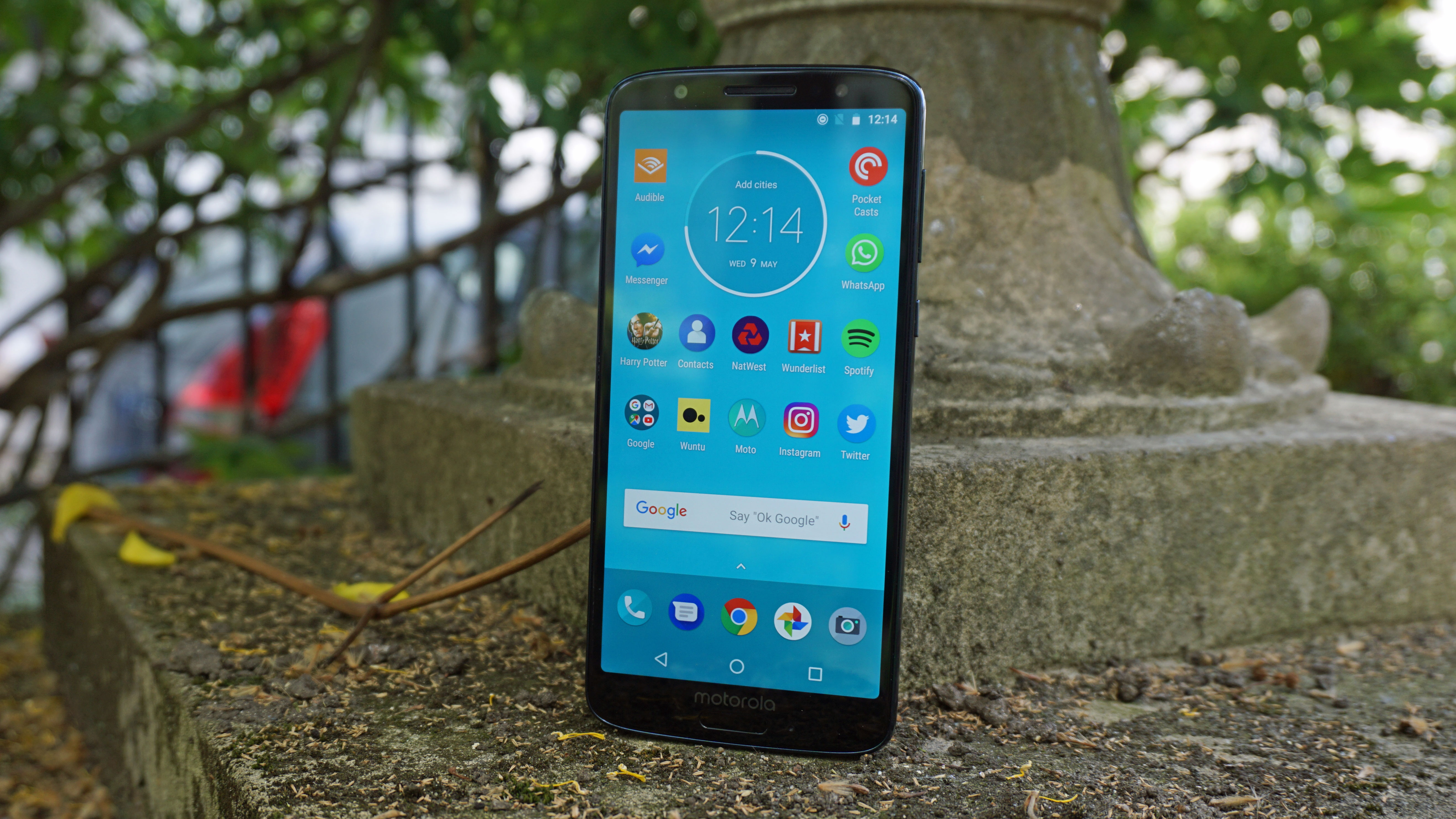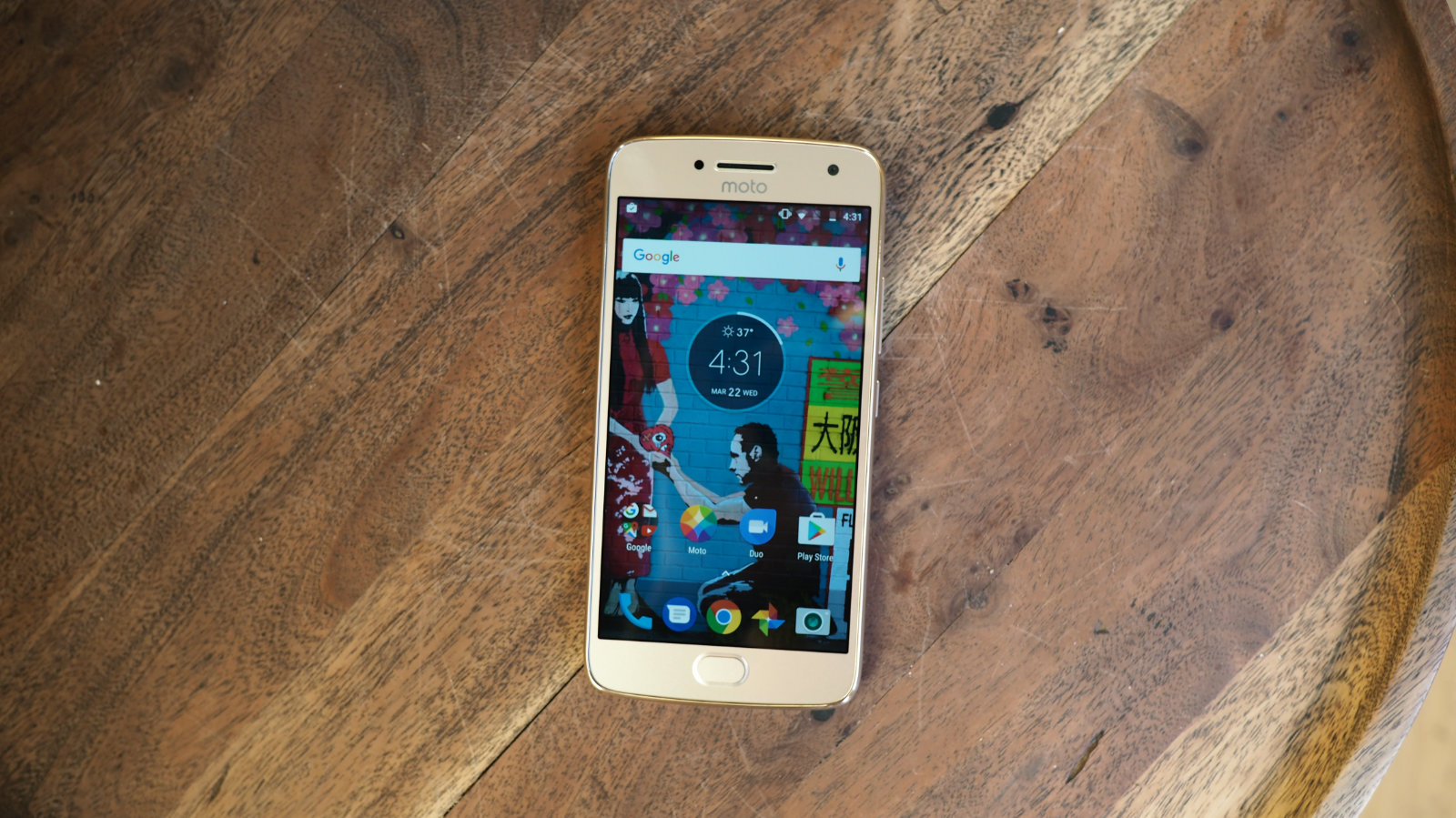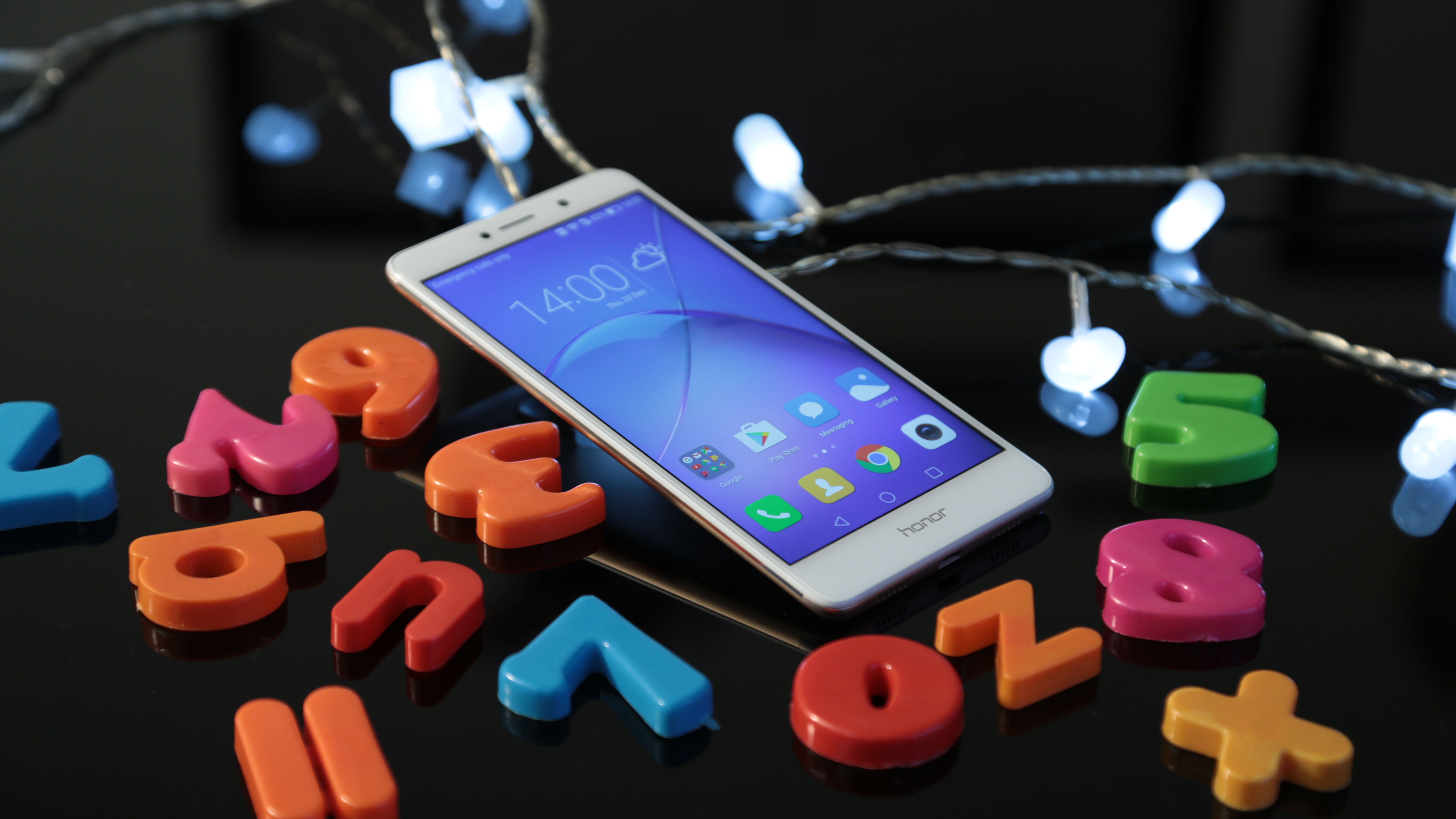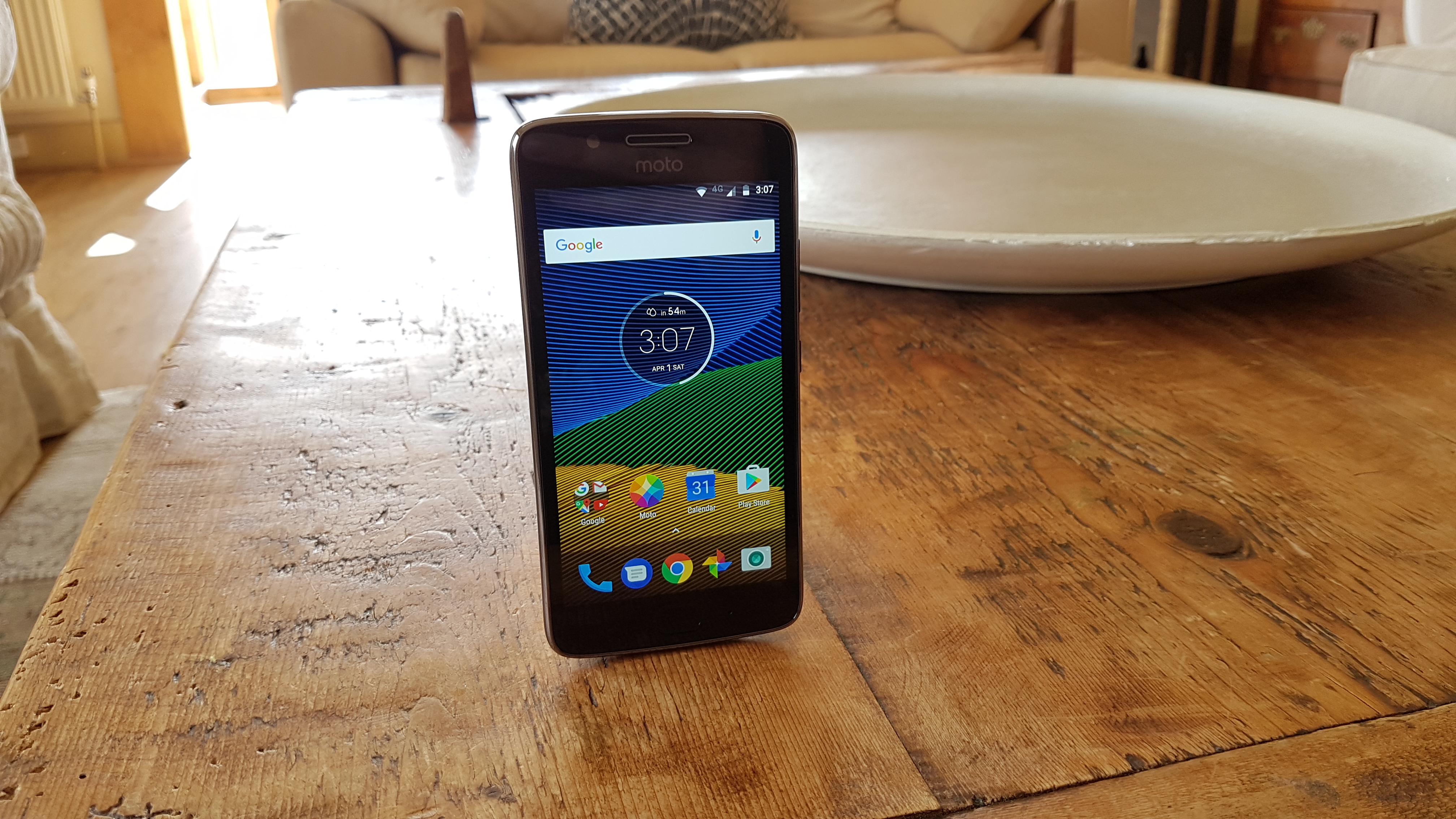Why you can trust TechRadar
Verdict
If you’re not willing to take a chance on an unfamiliar brand, then the Moto G line remains the best value Android smartphone in town.
There are significant improvements over the Moto G4 in terms of the design, with the shift from plastic to metal. The inclusion of an excellent fingerprint scanner is also very pleasing, as is the rapid charging capability.
However, the Moto G5 has taken a small step back in terms of performance, as battery life and processing power are merely average. It has also now been shown up a bit by the newer Moto G6.

Who's this for?
Anyone on a budget who still wants a decent level of performance and a handset that they won’t be embarrassed to pull out of their pocket.
A recent version of Android, along with a solid build, camera and fingerprint sensor make this great value for your £170 (around $200, AU$275), though we think it’s worth stretching to £180 (roughly $220, AU$290) for the extra 1GB of RAM. Then again, you might not even need to stretch, since the price has dropped in many stores.
Should you buy it?
There arguably isn’t a better Android smartphone in the sub-£150 price range, so if that’s your budget, then yes, you should buy the Moto G5.
If you want to play demanding games, or you’d like NFC for mobile payments, then you’re likely going to have to spend a fair bit more.
Sign up for breaking news, reviews, opinion, top tech deals, and more.
The Moto G5 is one of the very best phones you can get at this budget, but the following three are great options if you're up for spending a little more or less.
Moto G6

The Moto G6 is newer and better in most ways than the Moto G5, from its 5.7-inch 18:9 screen, to its surprisingly stylish glass-backed design, its dual-lens camera and its snappier performance.
Said camera is slow and you will pay more for the Moto G6, but it's still cheap at around £200/$200 and unlike the Moto G5 it's available in both the UK and the US.
- Read our full Moto G6 review
Moto G5 Plus

There wasn’t a great deal of difference between the Moto G4 and Moto G4 Plus, but the G5 siblings have more to separate them. The G5 Plus costs £250.
The metal design and the excellent fingerprint sensor are almost the same, but the extra £80 buys you the superior Snapdragon 625 chipset with the Adreno 506 GPU, a slightly bigger 5.2-inch display, and 32GB of storage.
Perhaps most importantly, the G5 Plus has the 12MP Sony IMX260, f/1.7 camera, which is much better than the G5’s camera in low light conditions. It’s actually the same camera module that’s in the Samsung Galaxy S7, though it doesn’t hit the same highs.
The G5 Plus also has a bigger, 3,000mAh battery, which seems to outlast the G5 based on our testing.
- Read our full Moto G5 Plus review
Moto G4

The previous year's Moto G will be available even more cheaply now and it might prove to be more tempting for bargain hunters than the G5. The G4 has a bigger 5.5-inch screen, better battery life, and a faster Snapdragon 617 chipset.
Lenovo has put some effort into giving the Moto G5 a premium feel, but the fingerprint sensor is by far the best addition. It’s something that was completely absent from the Moto G4. However, the Snapdragon 430 feels like a compromise and we would have preferred to see the same Snapdragon 625 that’s in the Moto G5 Plus.
If money is tight and you prize performance over style, then there’s a case for buying the Moto G4 instead of the G5.
- Read our full Moto G4 review
Honor 6X

The Honor 6X, from Huawei, is definitely worth considering in this price bracket. It costs around £230 and it also has a metal body with a good fingerprint scanner, though it’s on the back with the Honor 6X.
To tempt you further, there’s a 5.5-inch full HD display, an octa-core Kirin 655 chipset, and 3GB of RAM. As if that wasn’t enough, Huawei also throws in 32GB of storage, a big 3,340mAh battery, and a dual 12MP and 2MP main camera, with an 8MP selfie camera.
If you can find the extra £50 or so, then the Honor 6X is a compelling alternative.
- Read our full Honor 6X review
First reviewed: April 2017
